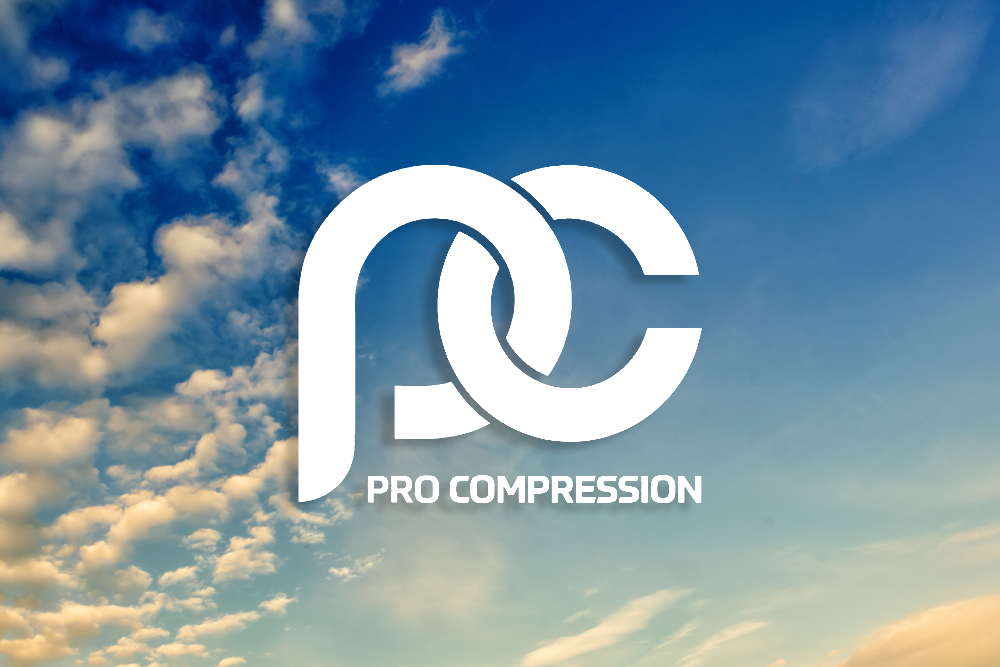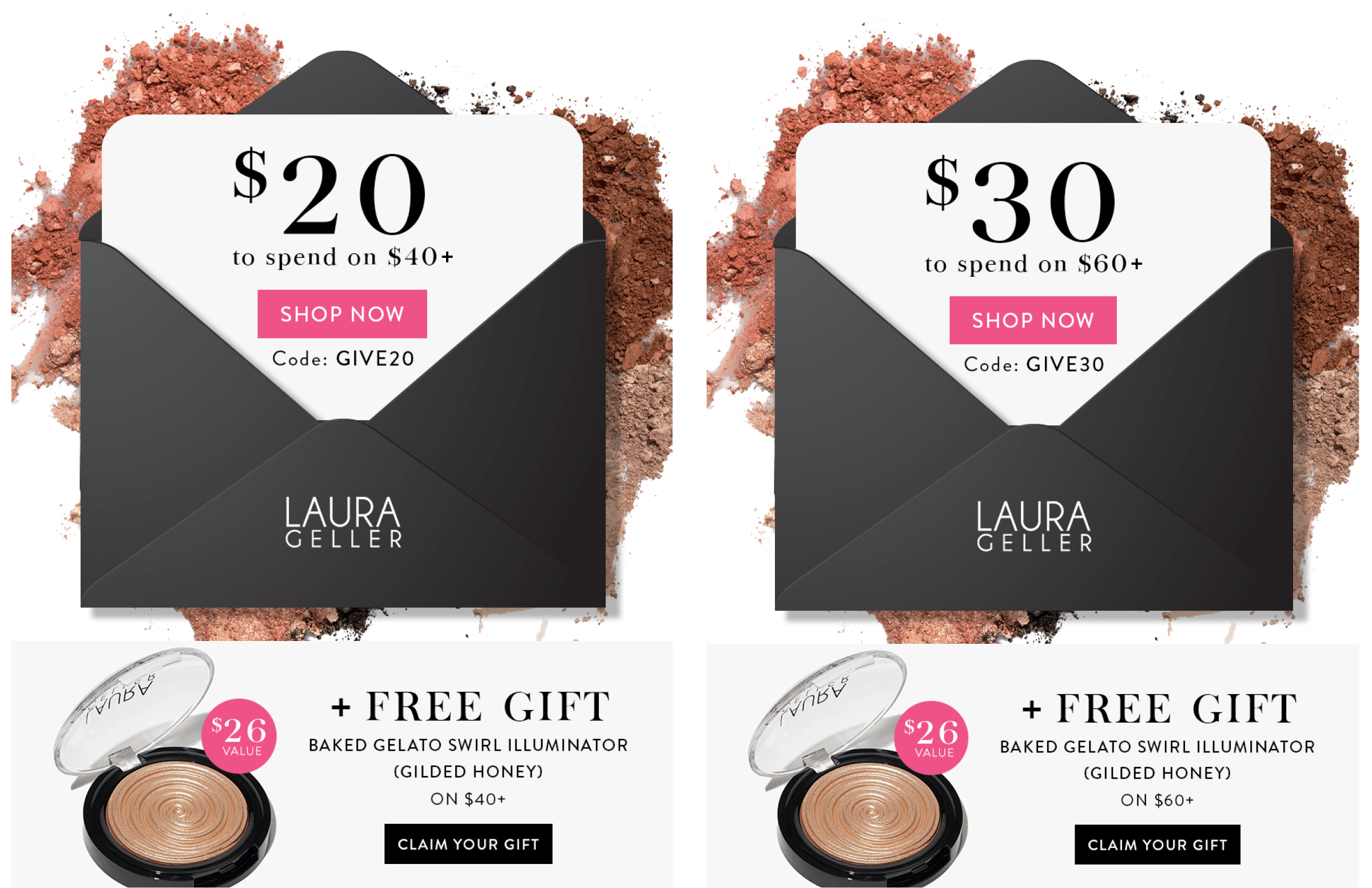Yes, you’re absolutely right — blindly bombarding your customers with as many emails and offers as you can think of should never be your first instinctual email marketing strategy. But, playing it safe isn’t the way to go, either. Just because you may not be someone who loves a daily, or even biweekly, message from your favorite retailer doesn’t mean there aren’t hundreds of thousands of people who do. Although no general consensus exists, you’ll never know what level of frequency works for your customers (and your bottom line) until you begin methodically segmenting and testing your audience.
In this Part 1, we will share a taste of the SellUp secret sauce, which we use to customize our clients’ segments and determine their emailing frequency. After you’ve built your frequency strategy, we’ll tackle content tips in Part 2.
The Foundation of Frequency
While your email program will be designed around a unique, dynamic formula consisting of 6-25 segments, the underlying concept of segmenting isn’t that abstract. Since the dawn of mailers, marketers have been operating under the same principles upon which email frequency strategy was borne.
Once upon a time, in the days before digital shopping, when brick-and-mortar stores were a consumer’s only option, marketers only invested in physical mailers when it made sense. If a customer lives 20 miles away and only drives to a particular store a few times a year, then that store sends that customer the big promotions promo offers every 3-4 months, which likely provide enough motivation, without being pushy, to encourage a trip out and a purchase. For the customers that live only a mile or so away from the store, they would be contacted more diligently, receiving a weekly or bimonthly mailer with less aggressive promos. But that customer who works down the street and frequently, perhaps daily, passes by the store and throws a glance at the window — that is the ideal low-funnel, loyal shopper who just needs to be engaged with an enticing initial offer to make the first of many purchases.
Following logic, the fundamentals of your email frequency approach should mirror this tried and true marketing strategy. While more is sometimes just more, there are plenty of mid to low-funnel customers who are happy to receive multiple emails a week, as long as they are accurately segmented and targeted effectively.
The (Sort-of) Science of Frequency
So it may not be an exact science, but your data combined with thoughtful, dedicated testing provides insights that, if utilized aptly, will be the difference between an antiquated throw-it-at-the-wall-and-see-what-sticks approach and a steadily increasing revenue and rate of engagement.Nailing the right frequency starts with getting to know your audience. Look at your current pool of subscribers and begin grouping by:
Who is a buyer (has ever bought) and who is a non-buyer (has never bought)
Their recentness of actions with the company (purchasing, engagement with an email, browsing, etc.)
The aggressiveness of that action
Were those customers just randomly clicking around your site after also visiting last week, were they browsing the site and adding to their carts after opening a promotional email, were they visiting without receiving an email, did they abandon their carts, or did they make a purchase? The possible variations are vast, but you don’t need 50 segments to start; pick the most telling of factors to form your first several segments, each with different frequencies.
And if you want even more direct data to help you start grouping, try offering new subscribers a choice of frequency when they sign up. As Isaac Esses, SellUp’s Account Manager, advises,“Anyone signing up to an email list should be given the option to regulate email frequency as a preference versus unsubscribing. This option should be made available any place an unsubscribe link would typically be placed.“ Get it straight from the horse’s mouth or from your data. Either way, you’ll have a lot to work with.
The Maintenance of Frequency
But the analysis doesn’t stop there — it’s ongoing, just as your customers and their habits are dynamic and ever-changing. Based on email-related sales, engagement levels and unsubscribes, as well as seasonality and sales cycle considerations, your segments will adapt, expand and change, almost on a weekly basis. SellUp’s Data Analytics Manager, David Broxmeyer, notes an obvious example of when you want to up your frequency ante. He describes when the rules change across the board for all retailers:
“For all retailers, no matter the item, has Black Friday/Cyber Monday deals. For these times of year, we mail more frequently and sometimes twice in one day, depending on the retailer and their email list size. The same applies to other major holidays, including President’s Day, Memorial Day, Independence Day, and Labor Day. We want to use these special holidays to our advantage by mailing more frequently.” Even without holiday guidelines, the other rules of adjustment are pretty straightforward.
Sales: if you’re seeing an uptick in revenue from a certain segment, increase your send frequency or expand the group.
Engagement: if one group in particular is opening and clicking on an email more than a group with a different frequency, expand the more engaged group. Alternatively, if a group becomes more disengaged, lessen the frequency and tighten up the group.
Unsubscribes: if unsubscribes are low in a certain frequency group, expand that segment.When you can identify what segments will return the most amount of revenue and engagement for the least amount of sends, you’ve hit the magic frequency numbers. There’s no need to shy away from increased frequency, if the increase is supported by the data. Marketing Sherpa surveyed over 2,000 adults in 2015 to see if this theory proved true.
Plenty of customers have no problem receiving more emails than you probably originally assumed. Furthermore, “undermailing” can prove to cause lower quality results with your fan base, including lower lifetime customer value, increased risk of triggering spam traps, and, most importantly, lost revenue opportunities, making frequency maintenance that much more imperative to your marketing success.
The bottom line? It’s true that inboxes are more flooded than ever these days, but as long as you keep on top of your segments and send the right targeted messages, it’s virtually impossible to send too many emails. So take a chance and start experimenting with your frequency today — and stay tuned for Part 2 where the SellUp specialists discuss the other half of the email formula: content.




